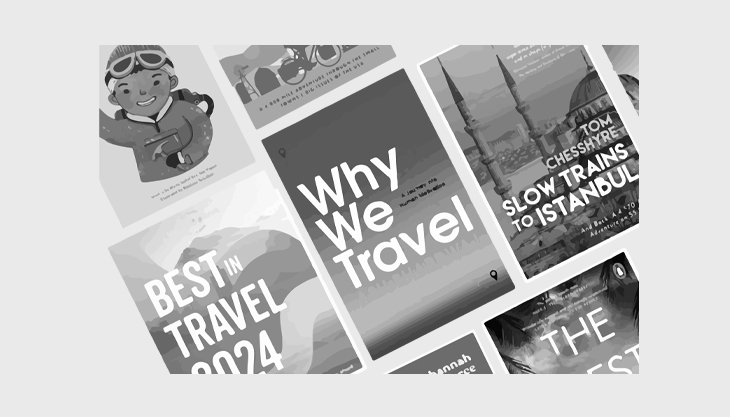
Tourism as an untapped market for Urban Designers: Toward a sustainable narrative that goes beyond the usual checklist
As urban designers, we are trained to analyse places. Before any design, a deep understanding of a place (its key characteristics, opportunities and constraints), is essential. We build narratives about what the place represents or what it aspires to become. In short, we are storytellers of place. Yet, there is one narrative we don’t control: the one that tourism industry shapes every day across the globe.
First, some context: the global tourism industry is a major economic force, valued at approximately $9.5 trillion USD as of 2024. Within this, the global tour operators and travel agencies segment alone is worth $500–600 billion USD and is expected to exceed $800 billion by 2030, growing at 7–8% annually. It is a big player and obviously a very influential one. Travel agencies, guidebooks, shows, and social media have long created their own handbooks: concise, digestible, and very efficient narratives organized around checklists like top attractions, museums, good restaurants, general tips, some history and other highlights. The goal is clear: cover the basics quickly for travelers on the move.
Given that over 1.3 billion international tourist arrivals were recorded globally in 2023 (UNWTO), we know this narrative is widespread and impactful. But have we, as urban designers, ever stopped to consider how this ubiquitous narrative shapes the way people experience places? Isn’t it time to start conversations about creating a new, more sustainable model?
When we talk to friends about trips, the usual questions are: ”‘Well, what did you think? Or where did you go?”. The answers are almost always about landmarks, attractions or restaurants; moments checked off the list. The current narrative, while efficient, fragments our understanding. It reduces places to isolated points without explaining how they connect or interact, missing the complexity that makes each place unique. This ‘checklist’ mindset affects us more than we realise. We plan our trips as checklists, experience cities are checklists, and talk about them as checklists. The checklist narrative gives us simplicity, but simplicity cannot capture complexity. And places are layers, evolving stories.
What is the alternative to a checklist?
I envision a narrative focused on connections as much as nodes. A narrative that starts with a high-level understanding of a place, its origins, identity, key characteristics, and explains how these elements interact. It gives the big picture first, providing context, so every detail becomes part of a coherent whole. In this approach, the story is not fragmented. Each piece, landmark, street or neighborhood, is embedded within a larger narrative. Before diving into the specifics, travelers would understand how each element relates to others and to the place’s evolution.
I imagine a map of nodes and flows: nodes as landmarks and hotspots, flows as connections and relationships. This narrative could take shape in books, tours, travel packages, or customised itineraries. It would promote meaningful exploration, empowering travelers to understand how places work, not just what they contain. This is why urban designers’ contributions are vital. We can add the glue, the framework, the strategy. We can guide place branding and tell complete stories helping tourism industry move beyond checklists.
Most importantly, we can plan for the long term. We can design a flexible framework for a new, sustainable narrative, creating templates for tourism that educate, and strategies that prioritise authenticity and context over predictability and imitation. The tourism industry has already shifted toward customised, experiential, adventure, eco-tourism, and sustainability anyway. What we now need is a parallel shift in narrative: a rebranding that integrates education, not just sightseeing.
Imagine if tourism companies educated before selling. Imagine training programs for both staff and travelers, designed by urban designers. Imagine travelers learning about a place’s opportunities, challenges, and layers before they even pack their bags.
Imagine a book, written for everyone, that explains how to truly see a place. A book for curious minds…
